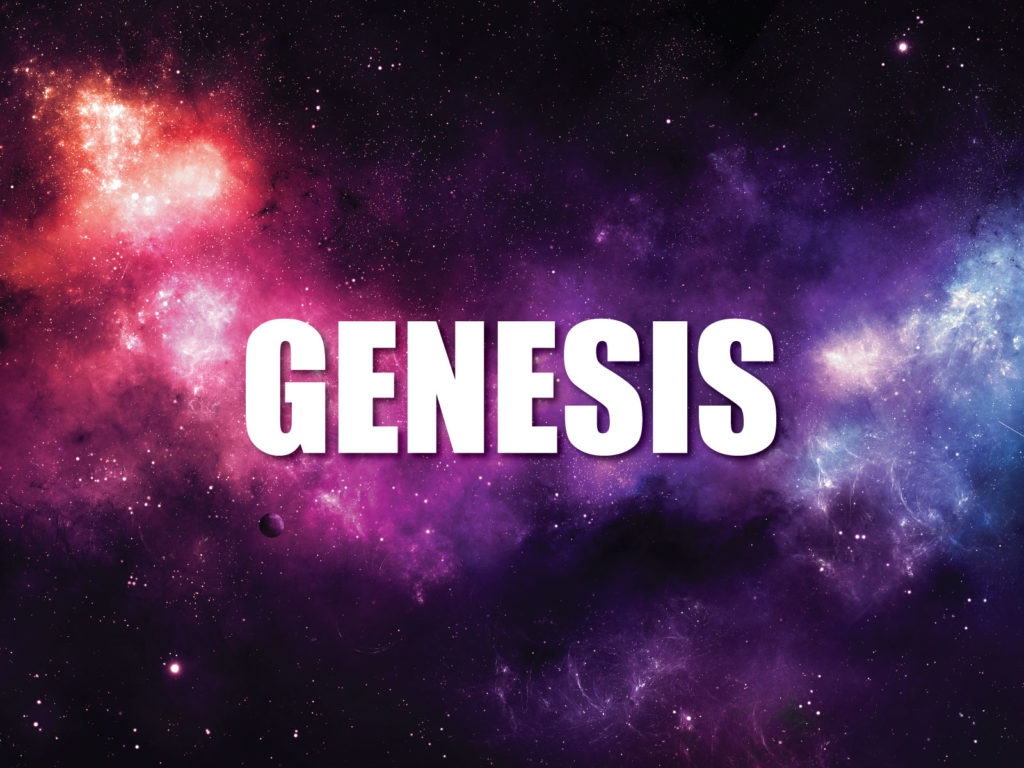There has long been debate over the genealogy of Genesis chapter five. For instance, did the inspired writer intend the genealogy to be exhaustive? Is it possible that certain persons and generations were skipped for various reasons? We know that the Bible often uses numbers for the sake of theological instruction. There are ten generations between Adam and Noah, just as there are ten generations listed in the genealogy of Shem (11:10-26). Genesis lists ten generations before the flood and ten after. Ten is a number symbolizing completeness in the Bible. Think of the ten plagues or the Ten Commandments. For this reason, some scholars believe Moses intends to give the reader a summary of the generation that lived between Adam and Noah. If this is so, it has absolutely no bearing on the trustworthiness of the account as this practice was not unusual at the time.
Then there is the question of the longevity of those who lived prior to the flood. Are their lifespans to be understood literally or as references to the longevity of their family line? Considering the straightforwardness of the language and the fact that the lifespans of Enoch and Noah are clearly meant to be taken as personal, the best option is to understand as literal the remarkable pre-flood longevity of human life.
In the Bible the record of births is approached with utmost sobriety. Indeed, some of the most profound words of prophecy in Scripture are spoken either in anticipation of or to accompany particular births. This is surely due to the promise of Genesis 3:15 wherein God promised to put enmity between the seed of the serpent and the seed of the woman and that the Savior would be born through the line of the woman. Every birth in the godly line of Seth and later through Noah’s son Shem would be a progressive unfolding of that salvation promise.
Derek Kidner observes that chapter five “serves at least three ends in the scheme of Genesis. First, it bears witness to man’s value to God, by naming individuals and stages in this early human phase: each is known and remembered. Secondly, it shows how the line of Seth the ‘appointed’ (4:25) led on to Noah the deliverer. Thirdly, it both demonstrates the reign of death, by its insistent refrain, and conspicuously breaks the rhythm to tell of Enoch, the standing pledge of death’s defeat” (Kidner, 79).
More From This Series

Genesis
- Part 31: The Call of Abram 03/15/20
- Part 30: Grace Greater Than Our Sin 03/08/20
- Part 29: Leaving Babylon 02/23/20
- Part 28: The Earth is the Lord’s 02/16/20
- Part 26: Life Under the Rainbow 02/02/20